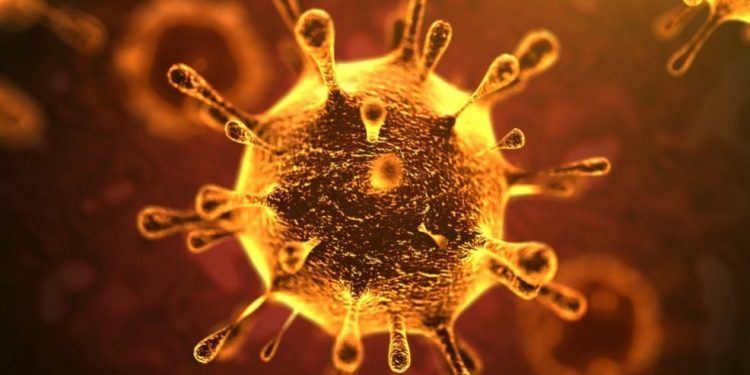Binay Panda
The discussion on the laboratory origin of the COVID-19 virus has re-surfaced and this time with support from many well-known scientists. Why are scientists so ambivalent about the source of the virus? Before we begin, let’s start with the basics. COVID-19 is a disease, and SARS-CoV-2 or SARS2 is the virus, a member of the betacoronavirus group, that causes it. The virus relies on a protein on its surface, the spike protein, to gain entry into human cells, the first step in the process of infection.
Since the world was first alerted about the virus causing respiratory illness in Wuhan, China, in December 2019, there have been many hypotheses and conjectures on its origin. The proponents of its natural source argue that SARS2, a zoonotic virus, meaning originated in animals, came from nature. A group of scientists headed by Kristian Anderson argued last year in a published letter that it was improbable for the virus to have been made through laboratory manipulation. They argued that if humans had made the virus in the laboratory, they would have designed the viral spike protein differently to infect human cells. They state that in computer-predicted models, the spike protein behaves poorly to bind its human counterpart. Still, in reality, it binds much more efficiently to it. Therefore, they argue in favour of a natural selection where the virus’ spike protein got selected efficiently to infect human cells over a while. The study further suggests that a high degree of similarity between the genomes of SARS2 and that of a particular bat coronavirus points to its zoonotic origin. Finally, it indicates a possibility for the virus progenitor using bats as reservoirs before jumping to humans through an intermediate host animal.
Some scientists vigorously argue against this theory. The strongest argument in favour of a laboratory origin is that no intermediate animal host has ever been identified, even after analysing more than 80,000 animals around Wuhan. This encouraged the conspiracy theorists to propagate that the virus was designed and leaked from the Chinese lab, the Wuhan Institute of Virology, which worked extensively on the virus’ close cousins, and several other bat coronaviruses. The lack of any direct evidence favouring the laboratory origin, except for the absence of an intermediate host animal, which may be discovered later, made the origin debate subdued over time. However, this changed last week when 18 scientists, including some renowned coronavirus and infectious disease experts, called for a free and fair investigation to look into the virus’ origin. The experts argued that the World Health Organisation’s mission to find the virus’ origin did not give both the laboratory- and the natural-origin theory equal consideration. Even WHO Director-General Tedros Ghebreyesus, while acknowledging the lack of sufficient data to support the laboratory origin, offered additional resources to evaluate the possibility of a laboratory origin. One of the critical points in the WHO fact-finding team is related to a conflict of interest. One of its members, Peter Daszak, has a long-standing collaboration with the Wuhan lab under investigation and had previously subcontracted the scientific work to the same place.
Additionally, as per some scientists, the spike protein of SARS2 bears a four-unit cleavage site on its spike protein. They suggest that the site, unusual among betacoronaviruses of the same lineage, raises suspicion of the possibility of a laboratory design. This was fuelled further after the Nobel prize-winning virologist David Baltimore was quoted in social media on the particular units at the cleavage site as a “smoking gun for the origin of the virus.”
Now that we know both sides of the story, can we say that the virus originated in a Chinese lab? We don’t know, and it will be a long time till we find out the answer. For that to happen, the Chinese authorities and the international team of experts should investigate with an open mind. Additionally, the experts should have complete access to the raw data, laboratory records, and personnel details from the Wuhan lab.
The writer is a Professor at JNU, New Delhi.






































